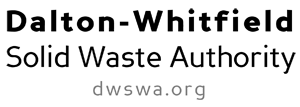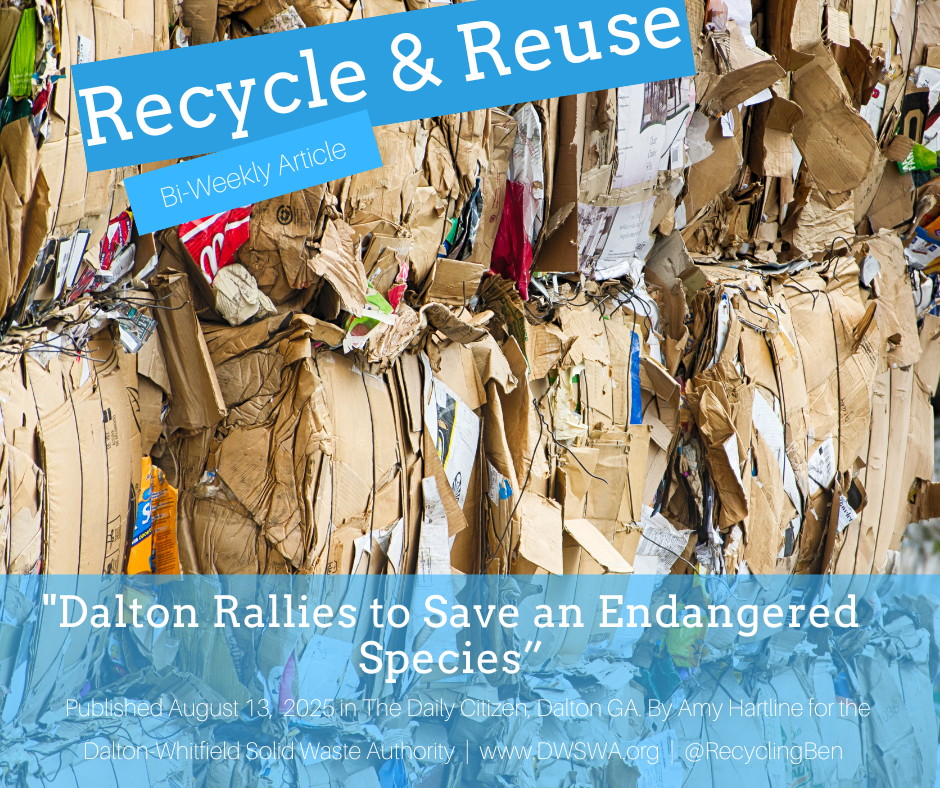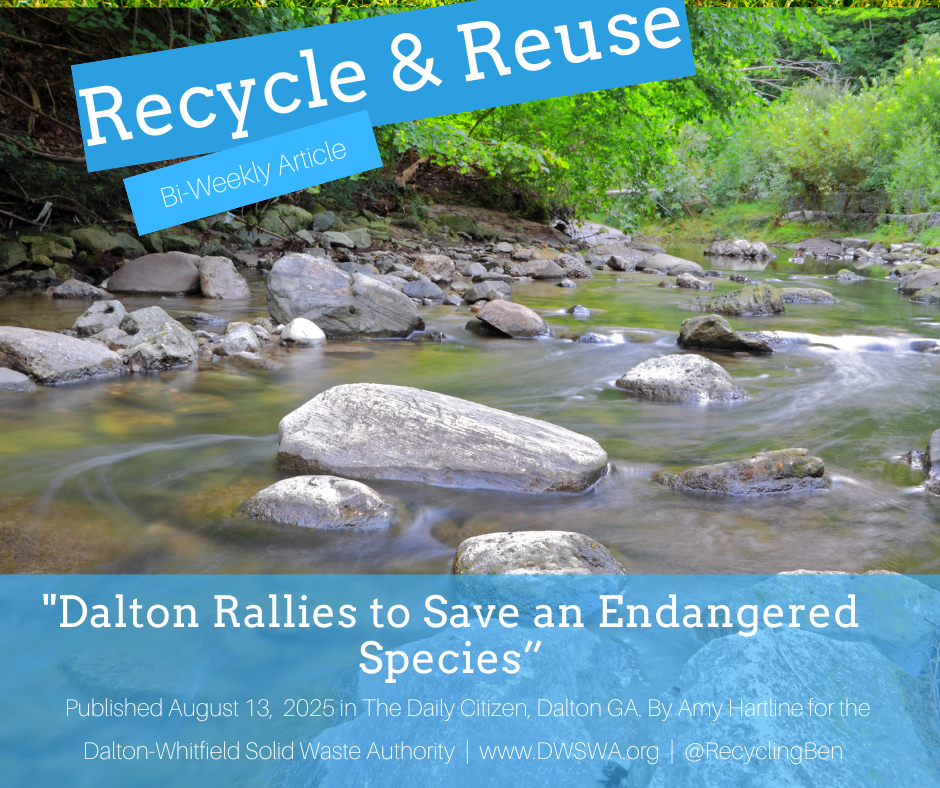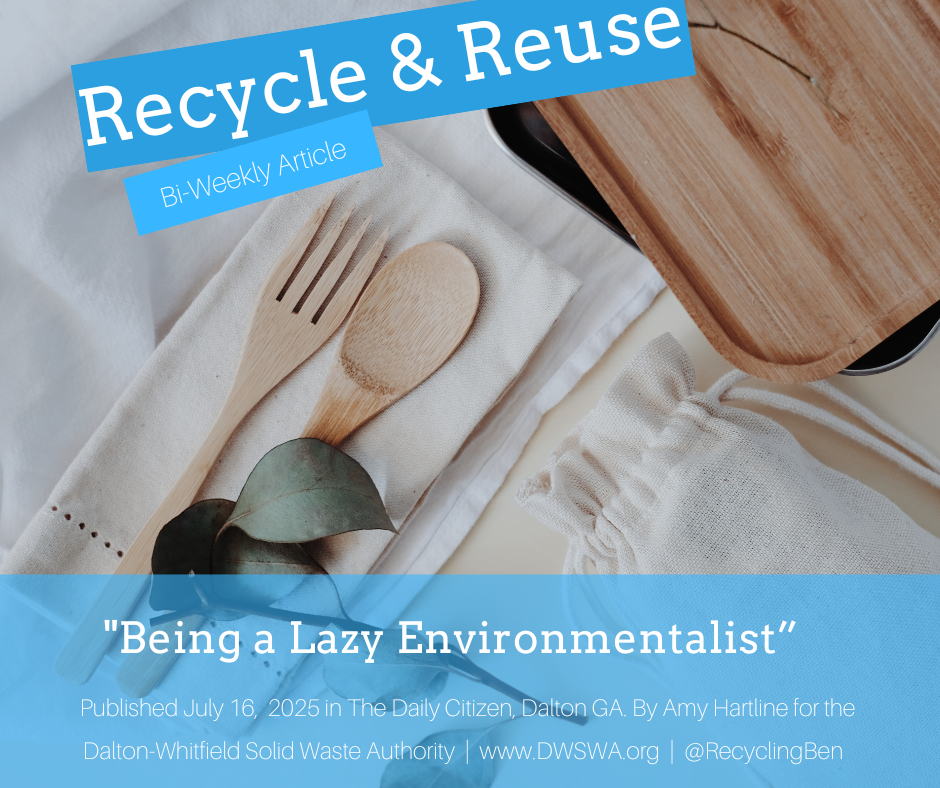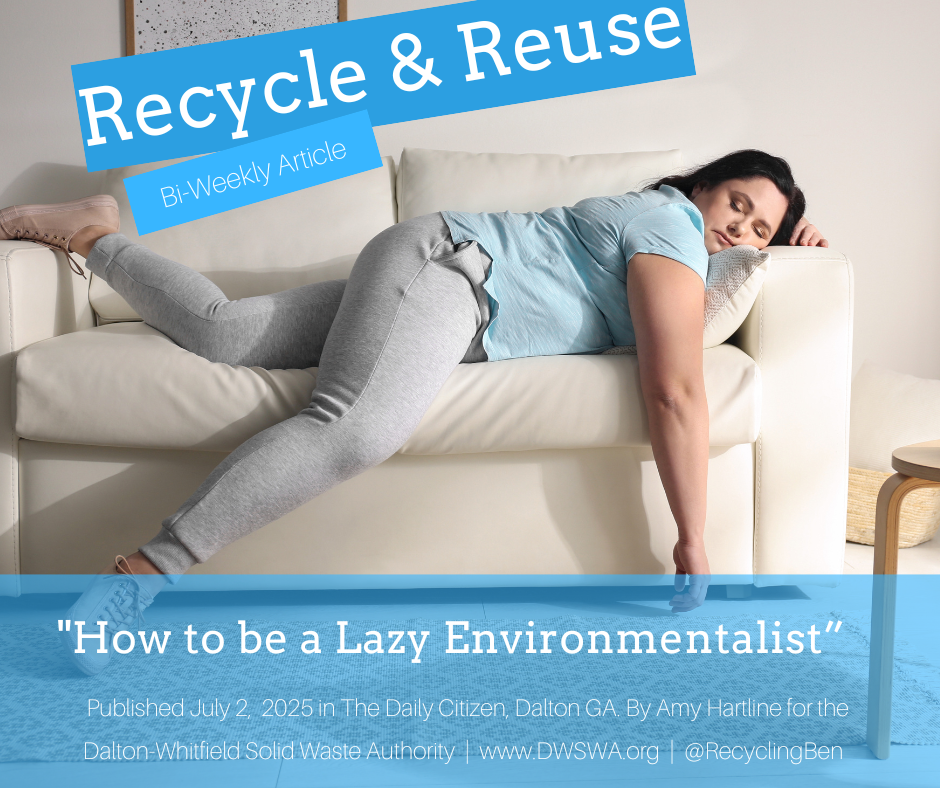Composting: What to put in it
/In the 1970’s a study took place by the University of Arizona whose students dug into landfills to see the state of trash that had been buried for over a decade. To their surprise, they found that the food put into the landfill looked perfectly fine to eat. It had barely decomposed even years later. With 133 billion pounds of food wasted each year in America, the mummification of food thrown away in our landfills is a pressing issue. One way to tackle our food waste problem is by composting. When we compost, we can cut out 20-30% of what we throw away and have a better garden. Luckily, the Lakeshore Community Gardeners will be able to have an outlet for their food waste this summer and be creating richer soil for their gardens at the same time.
The Lakeshore Community Garden and UGA Extension have collaborated to acquire has purchased a new tumbling compost bin for this year’s gardeners. To celebrate and educate, Roger Gates and I have written two articles for this issue of the Daily Citizen to discuss why you should compost, what to put in your compost, and how to add that compost to your garden. I’ll focus on what is best to put in your bin and how to take care of the mixture so that you get healthy, earthy compost.
While there are different methods to compost, they all function essentially the same. Compost piles are a collection of organic materials that are then broken down and decomposed by microorganisms. All good compost can be added into gardens as an amendment to soil in gardens.
Gardeners refer to compost as “black gold” because it keeps food scraps and organic waste out of the landfill while allowing nature to recycle them into a nutritious soil amendment. When you begin composting, knowing what can and cannot be put in a composting bin may be confusing.
Compost producing bins are filled with a combination of “brown” materials, “green” materials, and water for moisture. Brown materials include paper, cardboard, and dry yard waste like dry leaves, small branches, and straw. Greens include wet yard waste like fresh grass clippings, green leaves, as well as food scraps like vegetable and fruit peels, coffee grounds, and bread. Each category provides the nitrogen and carbon needed for nature’s recycling process to begin. If you are struggling to find the right balance, it’s better to add in more “brown” material because it will keep away bad odors. When the material at the bottom of the bin is dark and rich in color and has no remnants of food or yard waste, the compost is ready to use.
You want to keep coal, black walnut leaves and twigs, pet waste, any diseased plants, or plants that have been treated with pesticide out of your compost. Most of those ingredients could hurt the plants growing out of the soil if they are added into your garden. To avoid attracting pests do not add meat bones and scraps, dairy products, fat, or oils in as well. Unchopped wood waste or the “compostable” wooden spoons and forks you can sometimes buy should not be added to small-scale bins as the operation is not large enough to successfully break these items down into compost.
Add a small amount of water to your compost so the moisture can help everything break down unless your scraps are already wet enough. You know it is the right mix when your compost has an earthy smell. About once a week or even each time that you add in scraps you will want to tumble or turn using a pitchfork the compost collection. This allows in air to aid with decomposition.
When you compost you keep large amounts of waste out of the landfill, reduce your methane emissions, and create healthier soil that can reduce the use of or need for fertilizer.
To learn how to create compost with the right mixture of food and plant waste, join me at the Lakeshore Community Garden next Saturday. June 29th, beginning at 9:00 a.m. toil 11:00 a.m. Come by to learn all the do’s and don’ts of beginning your own compost program.
